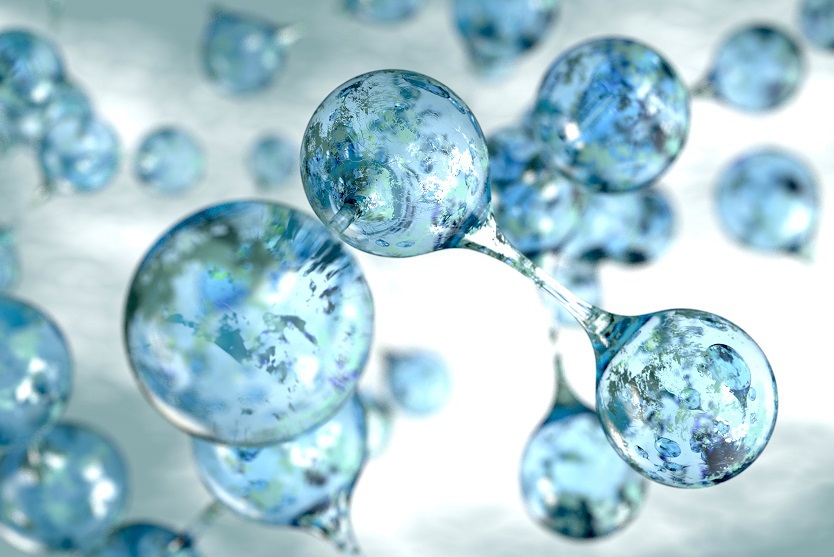
The TUH is researching how water and aqueous electrolytes are driven by capillary forces to penetrate into the smallest pores.
© iStock/smirkdingo
A radically new technology for generating green electricity is being developed at the Hamburg University of Technology (TUH). The project lead, Professor Patrick Huber, hopes to develop nanoporous materials which can conduct electricity via electrolyte through wetting and dying cycles. The inspiration comes from the plant kingdom – where mechanical energy for movement is generated by moisture fluctuation during transitions between day and night, or dry and rainy seasons.
Professor Huber summarises the science: "We are researching how water and aqueous electrolytes, for example salt water, are driven by capillary forces to penetrate into the smallest pores. In the process, the contact area between the liquid and the electrically conductive pore wall increases. Conversely, the opposite effect occurs during drying,” he explains in a TUH press release. “If the electrical charge layers on the nanopore walls, which thus build up and degrade, are skilfully guided, electrical energy can be obtained directly from these cycles."
One cubic centimetre of the sponge-like material, made from silicon or carbon, could contain a whole football field of inner surface area, which translates into substantial electrical capacity that could be harnessed on the large scale. The idea is to use industrial waste heat and sea tides to trigger the drying and humidifying cycles. The applications are wide, from building materials, to constructions in coastal or desert regions, while on a smaller scale it could be used in enclosed ‘hot’ rooms such as server rooms.
The joint research project "Energy harvesting via wetting/drying cycles with nanoporous electrodes” (EAWEDRY) is funded by the EU funding programme "Future & Emerging Technologies (FET-Open)” with a total of almost EUR 3 million over four years. The TUH will collaborate with universities from Spain, France, Ukraine and with industrial partners.


